Zero Trust
Phil Windley
AUGUST 28, 2023
My new book Learning Digital Identity from O'Reilly Media covers many of the topics in this post such as multi-factor authentication, authorization and access control, and identity policy development in depth. User Authentication: Multi-Factor Authentication (MFA): Requiring users to provide multiple forms of verification (e.g.,


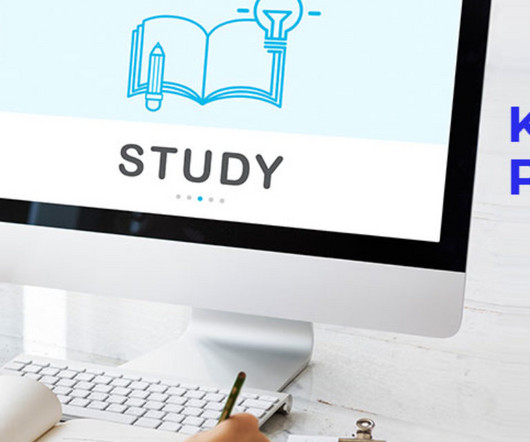



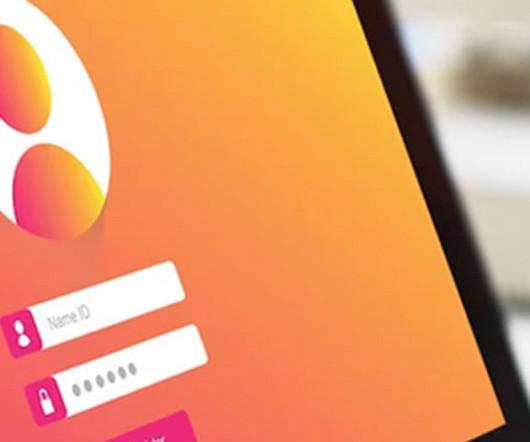
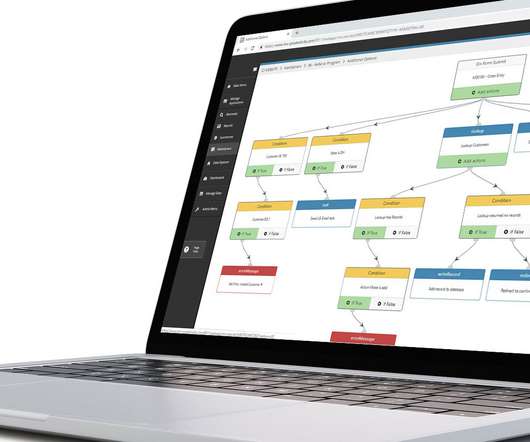
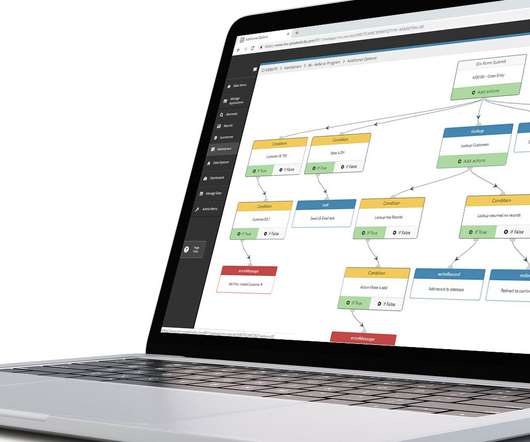

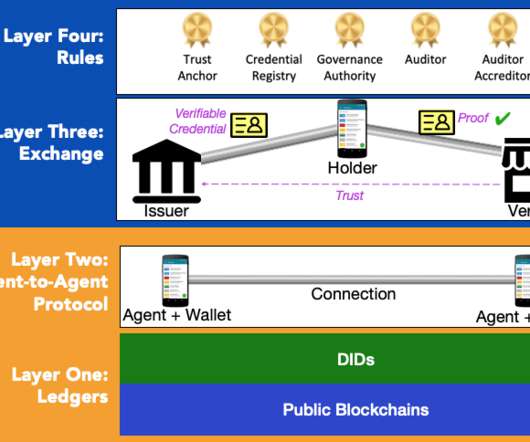











Let's personalize your content